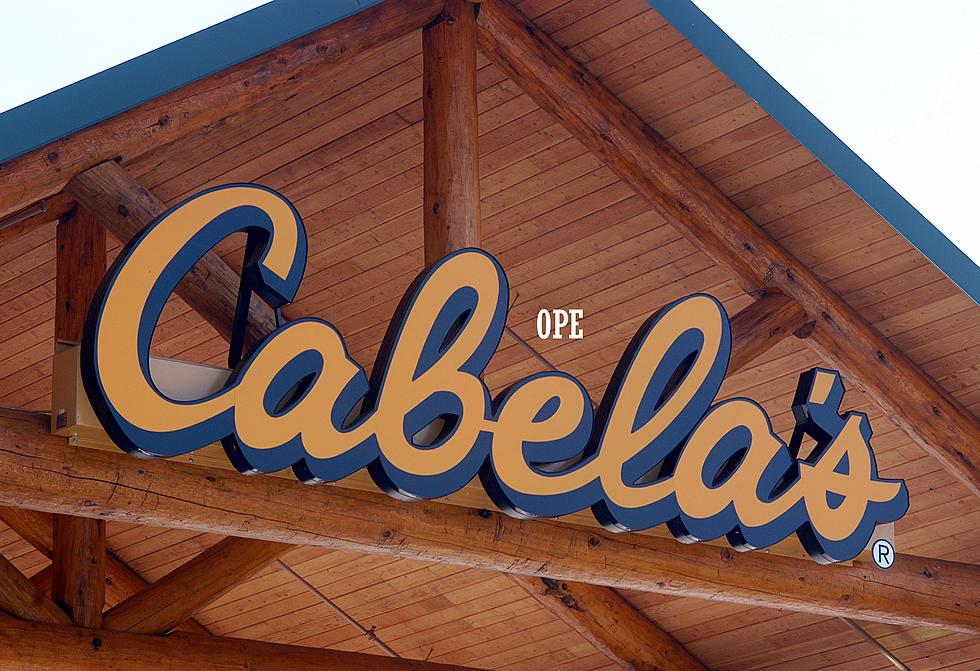
Duck Hunting with a Simplistic Approach
It was during a goose hunting operation that we noticed the duck activity in the distance. Woodies and a few mallards would fly by and disappear into a thin stand of trees on the horizon. We became convinced there was some type of water hole that was getting their attention.
The landowner was very accommodating and gave us a ride in his truck to look at the hidden pond. The water area was not very big, but that fact didn’t bother the ducks. It didn’t bother us either. We knew where we would be setting up the following morning.
Having been someone that spent the first 20 years of his duck hunting career on big water, the switch to small venues seemed a little strange at first. There were adjustments, but nothing that couldn’t be dealt with.
First of all, the kind of ducks we harvest are different. What used to be a diver operation has turned into a puddle duck event. Although a few ringbills and buffleheads are part of the mix, puddle ducks love the smaller ponds more than divers do.
We have also had to scale back our expectations on the harvest. Because the small ponds don’t always draw in passing ducks, we simply don’t shoot as many birds as we did on big water. And actually, we are just fine with that. I don’t need to fill my limit in order to have had a great day of hunting.
Equipment on the smaller water is also different. I sold my outboard motor and now own several canoes. My brother loves to use a hunting kayak. This stable craft easily hides in the shoreline cover and carries his dog on the back.
We don’t need a hundred decoy spread, either. A dozen mallards and a smattering of wood duck decoys is all we need. We usually throw out a couple of token goose floaters just in case a pair of honkers are looking for a little solitude on quiet water.
We have found that motion decoys do add a little more reality to the spread. Small venues often block the wind and decoys can look pretty stagnant on calm water. With a couple of swimmers and tippers, we can throw some ripples around to make things look a bit more realistic.
Because many of the birds coming to these little water holes have been there before, we keep our calling to a minimum. By reading the birds, we know which ones are fly-bys and which ones are familiar with the territory. Over calling is one of the most common mistakes duck hunters make.
These out-of-the-way hideouts don’t handle a lot of pressure. On big water, we could hunt the same blinds every day. Small water isn’t like that. We always let the ponds rest several days in-between hunts as they burn out quickly.
Duck hunting for our party has a very different look than it did years ago. With some basic changes in equipment and philosophy, we still get birds and have a great time doing it.
Small water hunting has a simplistic appeal that I have really come to enjoy!

Duck Hunting with a Simplistic Approach
The 17 Snake Species of Minnesota
More From AM 1240 WJON









